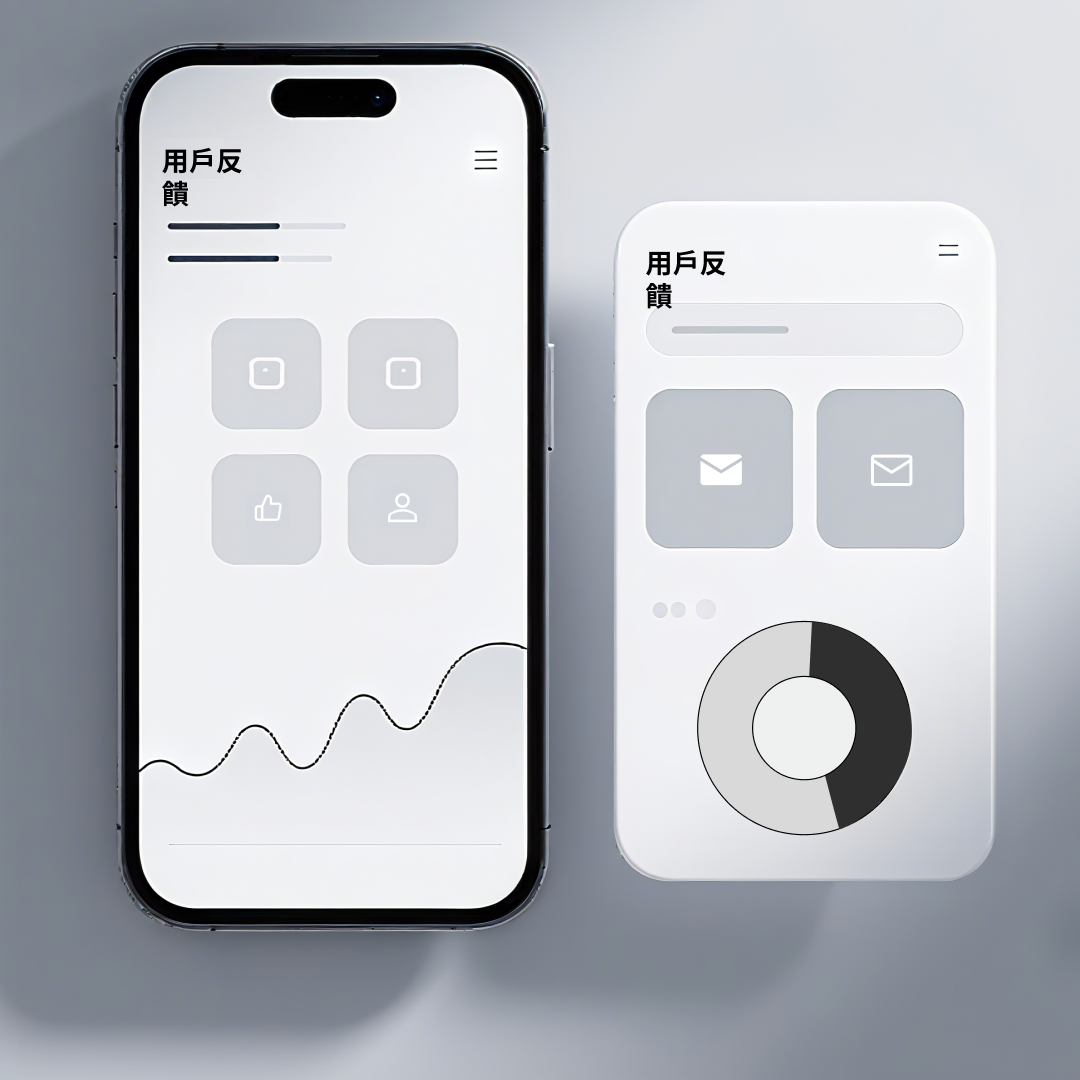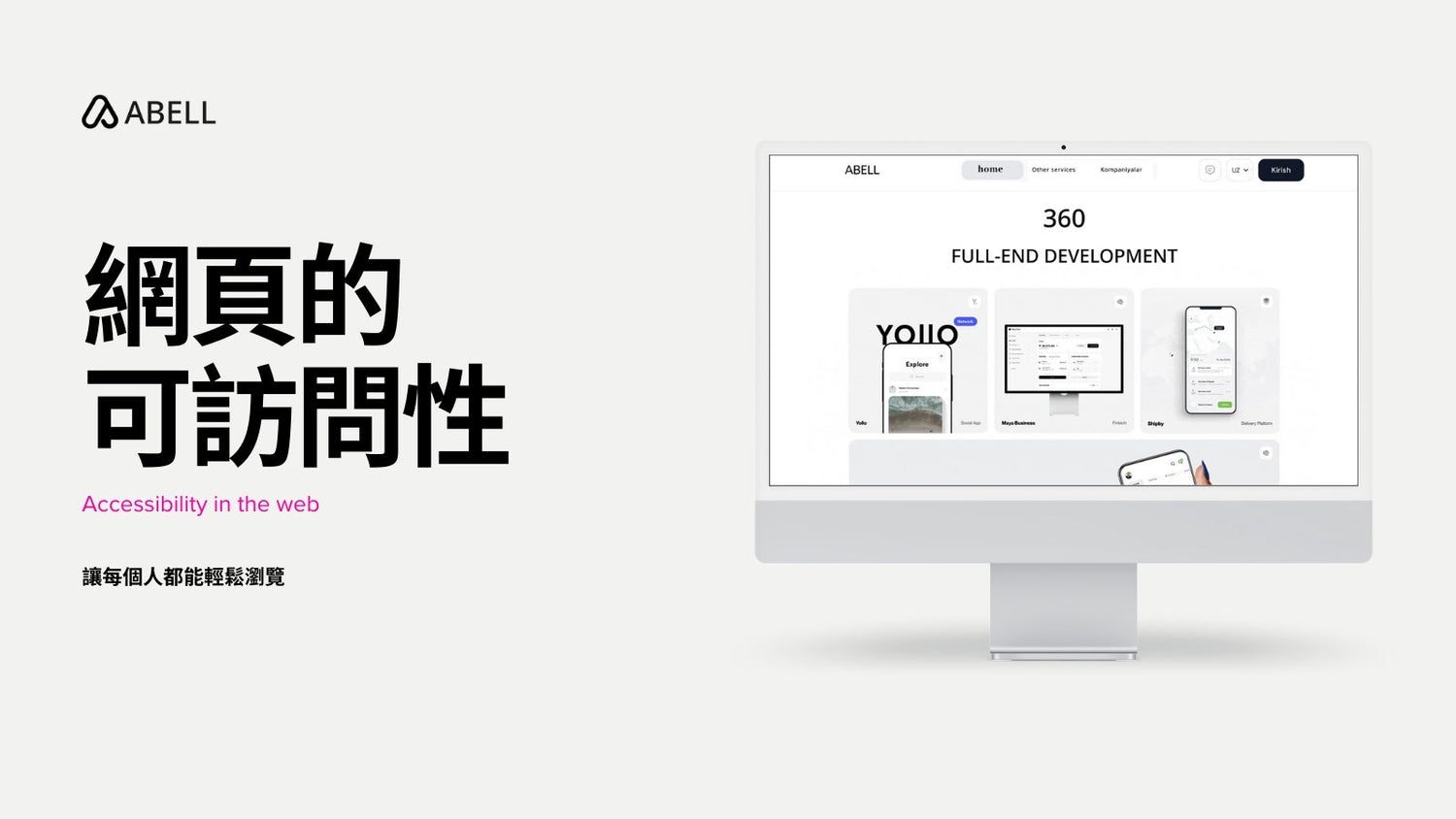In today's digital age, web design isn't just about aesthetics and functionality; it also needs to consider accessibility . Accessibility ensures that all users, regardless of disability, can easily use a website. This is not only a moral imperative, but also a legal requirement and a business imperative. An accessible website benefits more people, while also enhancing user experience and brand image.
This article will explore the importance of accessibility in web design, its core principles, and how to implement accessibility into the design process.
Why is accessibility so important?
1. Inclusiveness : Over a billion people worldwide live with some form of disability, including visual, hearing, motor, or cognitive impairments. Ensuring that websites are user-friendly for these people allows more people to access information without barriers.
2. Legal compliance : Many countries and regions (such as the ADA in the United States and the EN 301 549 standard in the European Union) require websites to be accessible, otherwise they may face legal risks.
3. Business value : An accessible website attracts a wider user base, increases traffic and conversion rates, and improves SEO (search engine optimization) performance.
4. Moral responsibility : Everyone should have equal access to online information and services, which is the cornerstone of a fair society.
Core Principles of Web Accessibility: WCAG
The Web Content Accessibility Guidelines ( WCAG ) are an internationally recognized standard, with the latest version being WCAG 2.1 . They are based on four core principles, referred to as POUR :
1. Perceivable :
- All content must be visible or audible to the user. For example, provide alternative text (alt text ) for images so that screen readers can describe the image content.
- Make sure the text has enough contrast against the background so that people with visual impairments can read it easily.
2. Operable :
- The website must support keyboard navigation to facilitate operation for users who cannot use a mouse.
- Avoid using content that flashes rapidly, as this may trigger problems such as epilepsy.
3. Understandable :
- Content should be clear and concise, avoiding the use of complex terminology or overly technical language.
- Provide a consistent navigation structure to make it easy for users to understand how the site works.
4. Robustness :
- Websites should be compatible with various assistive technologies (such as screen readers) and function properly on different devices and browsers.
How to implement accessibility in web design?
Here are some practical design and development tips to help you create a more accessible website:
1. Use semantic HTML
Use the correct HTML tags (such as <header> , <nav> , <main> ) to organize your content. This helps screen readers interpret the page structure correctly.
2. Ensure keyboard accessibility
Make sure all interactive elements (such as buttons and links) are keyboard-accessible, for example, by using the Tab key for navigation.
3. Optimize color and contrast
Ensure that the text-to-background contrast ratio meets the WCAG minimum requirements (at least 4.5:1 ).
Avoid using color alone to convey information. For example, don’t use red alone to mark error messages; use text to explain them.
4. Provide subtitles and alternative content
Add captions or transcripts to video and audio content.
Make sure animations and multimedia content can be paused or turned off to avoid distractions.
5. Testing and Tools
Use an accessibility testing tool like WAVE , Axe , or Lighthouse to check your website's compliance with WCAG standards.
Invite real users (including people with disabilities) to test, collect feedback and continuously improve.
in conclusion
Integrating accessibility into web design isn't just a technical requirement; it's a people-centered design philosophy. By following WCAG guidelines, adopting semantic HTML , and optimizing keyboard navigation and contrast, designers and developers can create websites that are easy for everyone to navigate. This not only improves the user experience but also creates greater market opportunities and social impact for businesses.
Starting today, let’s put accessibility at the heart of web design and ensure everyone can navigate the digital world with ease!










Leave a comment
This site is protected by hCaptcha and the hCaptcha Privacy Policy and Terms of Service apply.